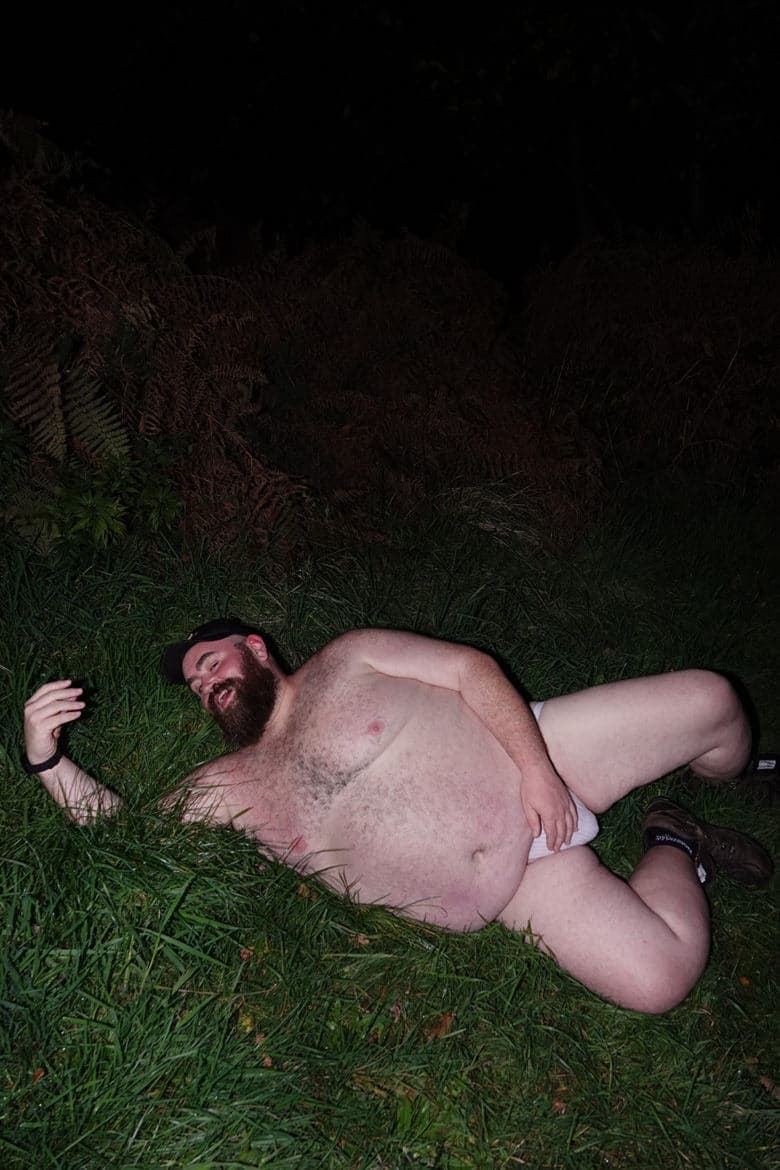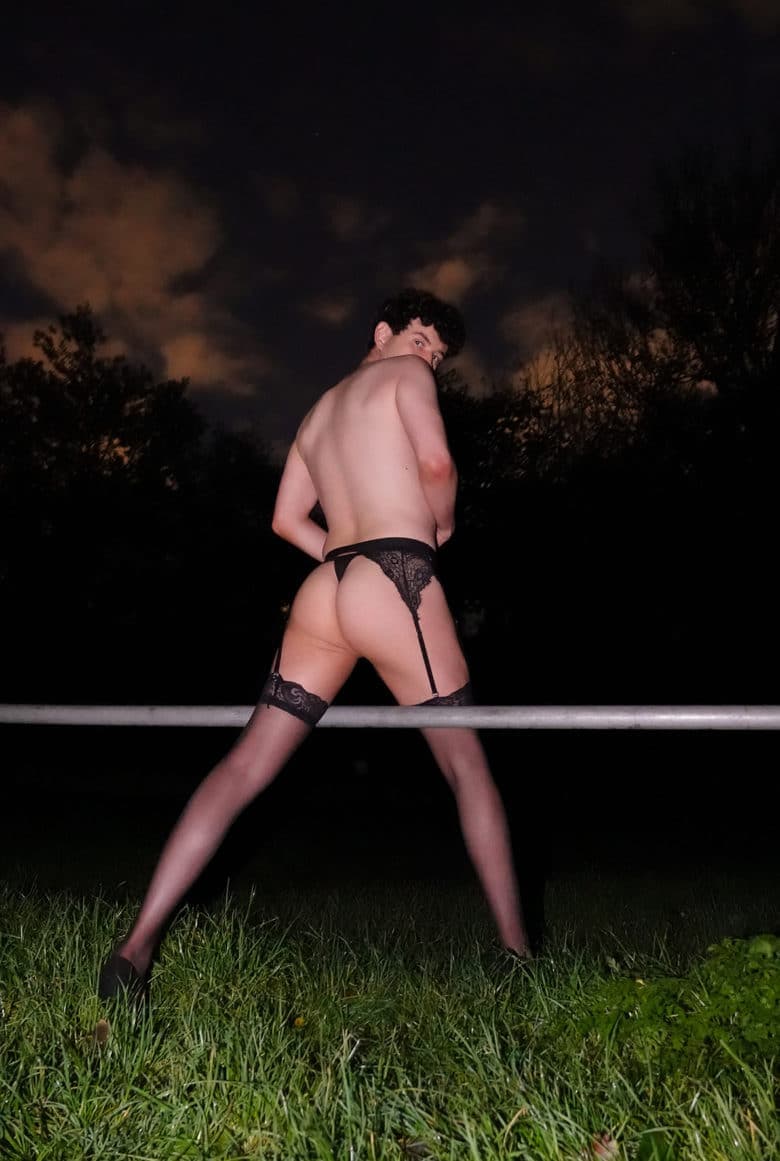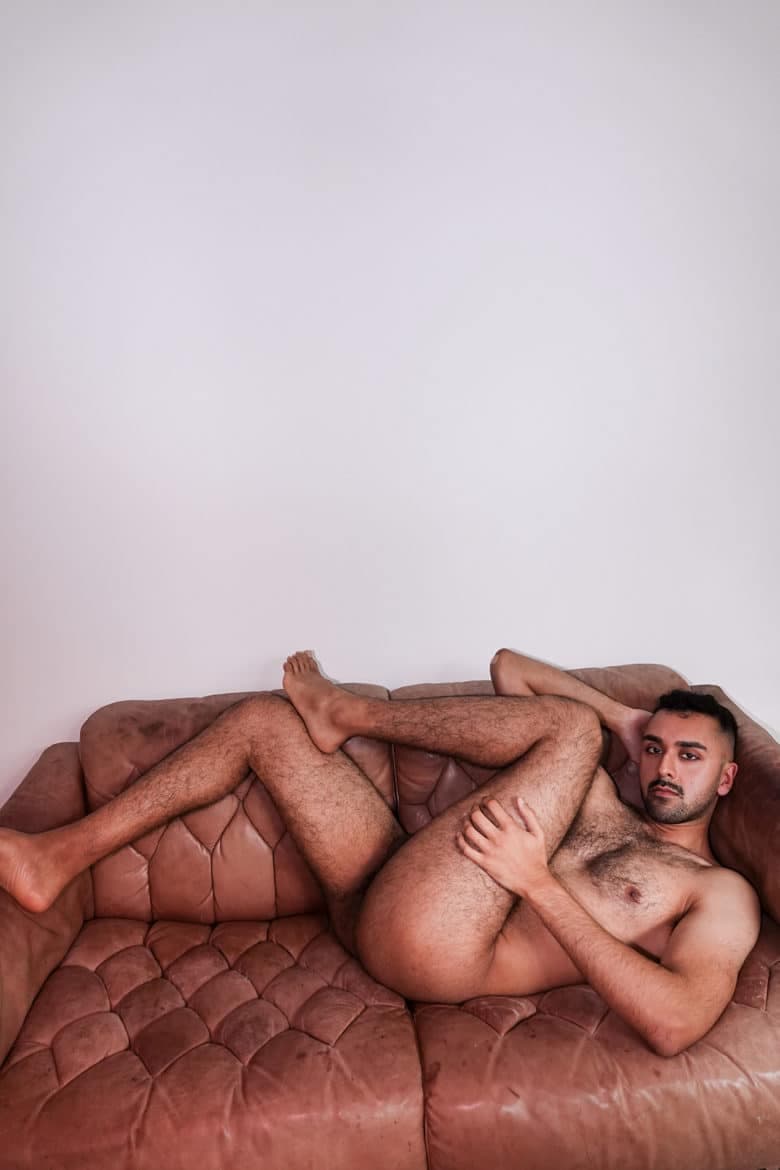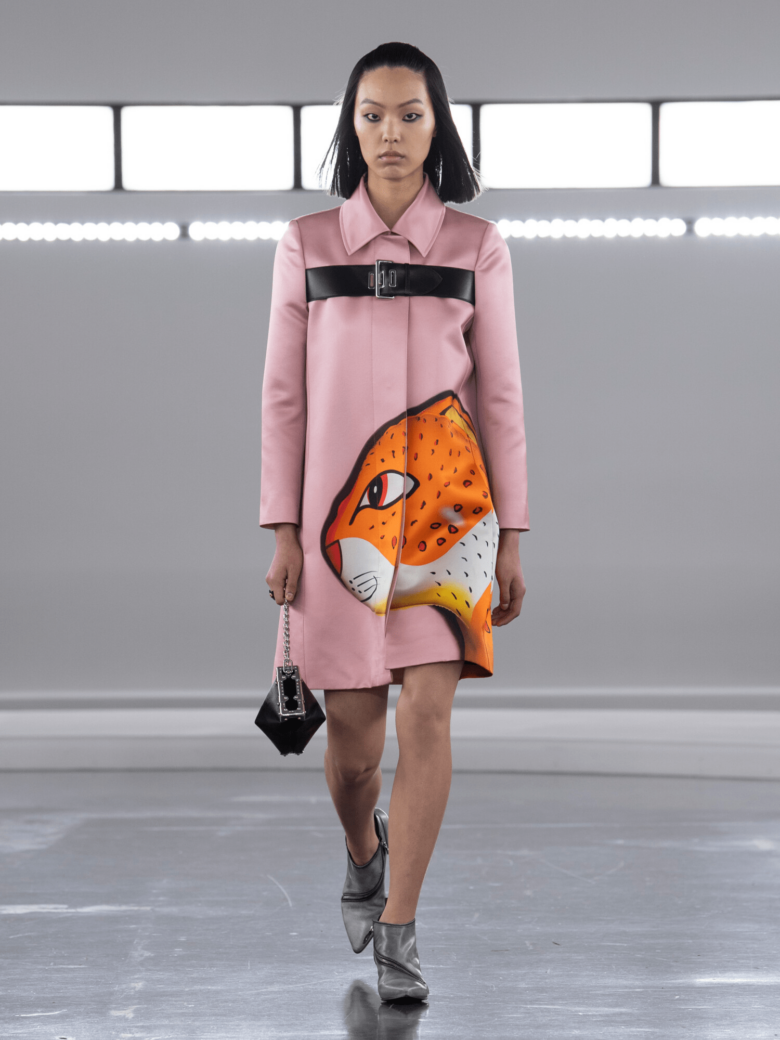
While you’re probably accustomed to Ashish’s dazzling sequined designs which have been worn by the likes of Taylor Swift, Miley Cyrus and Katy Perry – name a few, his creative output doesn’t stop there.
In 2016, the designer launched his T’aint collection, a series of t-shirts featuring connect-the-dots patterns which reveal pornographic couplings. The project was a first nod towards Ashish’s celebration of sex positivity. He followed up the project a few years later with his first photobook GAZE, which explored queer desire. His latest project continues to showcase his celebration of queerness and sex, manifesting in the form of an uncensored calendar which shows off the physical form in a variety of different settings, some solo, some as duos.
Here, Ashish discusses his thought process behind his sex-positive and projects, and why a calendar felt like the best tool for creativity.
(Please note: The images in this feature are outtakes from the calendar.)


Where did the idea for the calendar come from?
I studied commercial art at university (fashion came later) so calendars really tick a lot of creative boxes for me. They are often the intersection of high and low culture. They mix photography, typography and graphic design. They are (literally) a product of their times. I wanted to create something on a large scale that was unapologetically sexy and queer, that could be either kept and framed or reused/recycled. There is a long history of elevating the humble calendar and I wanted to queer that.
How did you create the trust between the subject and yourself as the photographer?
It’s very much about finding the right people to collaborate with, people who are uninhibited about their bodies and their sexuality. It’s about someone wanting to be photographed as much as me wanting to photograph them. Each experience is unique, but whether it is documenting intimacy or performance, it has to be a fun and empowering experience.


What does sex positivity mean to you?
Ancient India is a good example, perhaps – where open sexual relationships, both polygamous and polyandrous, weren’t uncommon. There was an abundance of erotic sexual literature (the Kamasutra is probably the earliest sex manual in the world), and erotic art & sculpture – elaborately carved facades of buildings in the public domain showing every variation of sexual couplings along with an endless catalogue of sexual acts. In fact, throughout their long history, the arts of India – both visual and literary – have consistently celebrated the beauty of the human body and its sexuality.
Women were not considered creatures of temptation but associated with fertility, abundance and prosperity. There was an open acceptance of sexuality as another route to the divine. Indian mythology is also rich in characters who are third sex, intersex, non-binary and gender non-conforming. Hijras – officially recognised as the third gender in the Indian subcontinent – have a recorded history in the Indian subcontinent since antiquity.
In contrast, for the colonial British, the sensual bodies of Indian sculptures were deemed immoral. Not surprising, perhaps – since Christianity has traditionally seen the human body as essentially a vehicle for sin, lust and shame. Sadly, in 1861, Section-377 of the Indian Penal Code was introduced by British colonial rule, which made sexual behaviour “against the order of nature” illegal and punishable by imprisonment. India finally decriminalised anal sex, and by default, homosexuality in 2018.
Why, as society, should we embrace sex positivity more?
Many of us have been told that our bodies are too feminine, too fat, too skinny, too hairy or just not welcomed because of our colour. We are constantly spoon-fed with images of idealised bodies and perceived beauty standards which can lead to feelings of shame. The way that sex is talked about means that It’s easy to be hung up about it, particularly if you’re queer. But I like to think that sexuality is like a playground, and you should feel free to explore the rides.
All of our bodies have been edited and idealised for decades but we are now being deleted from digital spaces and shadow-banned online, so this calendar isn’t just a celebration of print but a piece of activism as well. It’s good to rip the centrefold out of the magazine closet and bring it into the light – cocks and arseholes and everything – blow it all up, pin it on our walls and claim a space.
The calendar is available to purchase at House of Voltaire.

